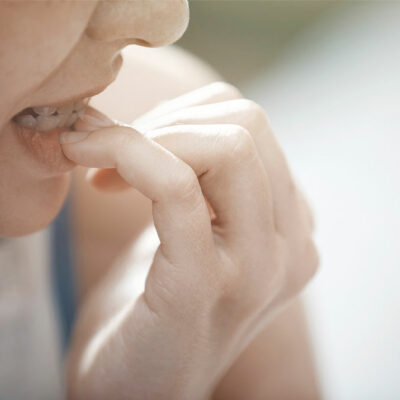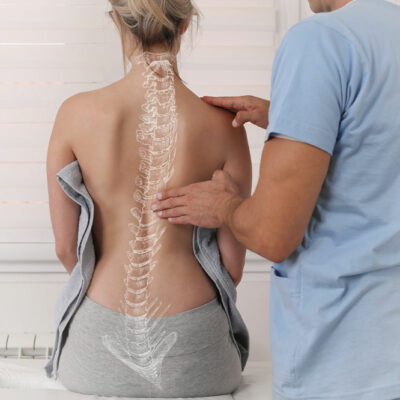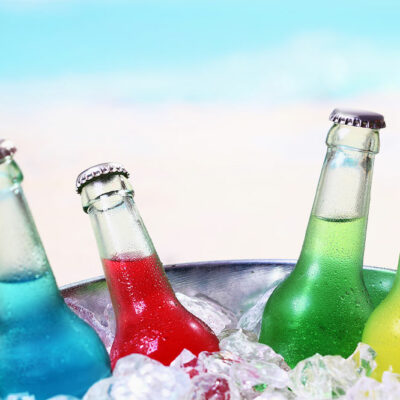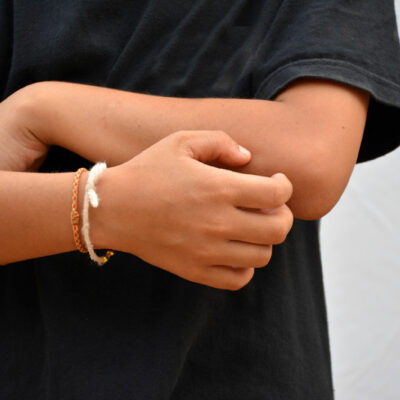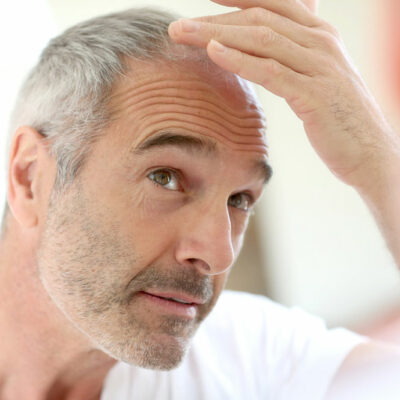
Hair loss – Types, causes, and foods that promote healthy growth
Having a head full of beautiful hair is something many of us desire. Unfortunately, not everyone is blessed with perfect hair due to various reasons. Hair loss is a common problem that occurs as a part of the hair growth cycle, and it can happen gradually or quickly. In severe cases, it can even lead to baldness, which may require treatment. Hair loss can affect anyone, regardless of age, from children to adults. Types of hair loss There are different types of hair loss that an individual may go through in their lifetime. Some of the most common hair loss types are as follows: Androgenic alopecia It is a type of hair loss that affects people assigned male at birth. It causes a person to lose hair covering the scalp, and they don’t grow back. Alopecia areata It is an autoimmune condition wherein one’s immune system attacks the body, the hair follicles in this case, and leads to several bald patches on the head. One may also experience hair loss in other parts of the body. Telogen effluvium In this type of hair loss, people may experience rapid hair loss within a short time. It occurs a few months after the body goes through something physically or emotionally stressful, like childbirth, surgery, losing a loved one, etc.
Read More 
